What springs to mind when you hear the word ‘cork’? Many of us picture the cork stopper at the top of a half-empty bottle of Cabernet Sauvignon or Merlot that we’re looking forward to finishing off. Or perhaps we envision the dartboard at our local pub.
Cork leather: a sustainable vegan option
Published 18 days ago
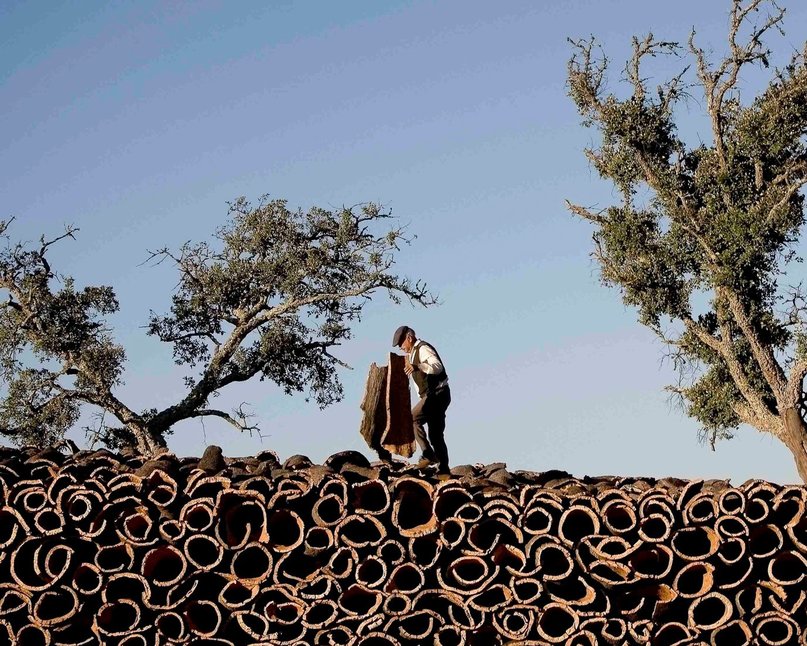
Do wallets, bags, luggage and other everyday essentials come to mind? Probably not, but despite our collective ignorance, some argue that cork leather is, in fact, the best vegan leather on the market for producing quality accessories.
Read on to learn more about this unique material, its benefits to consumers and the environment, and why it’s considered a viable alternative to animal leather.
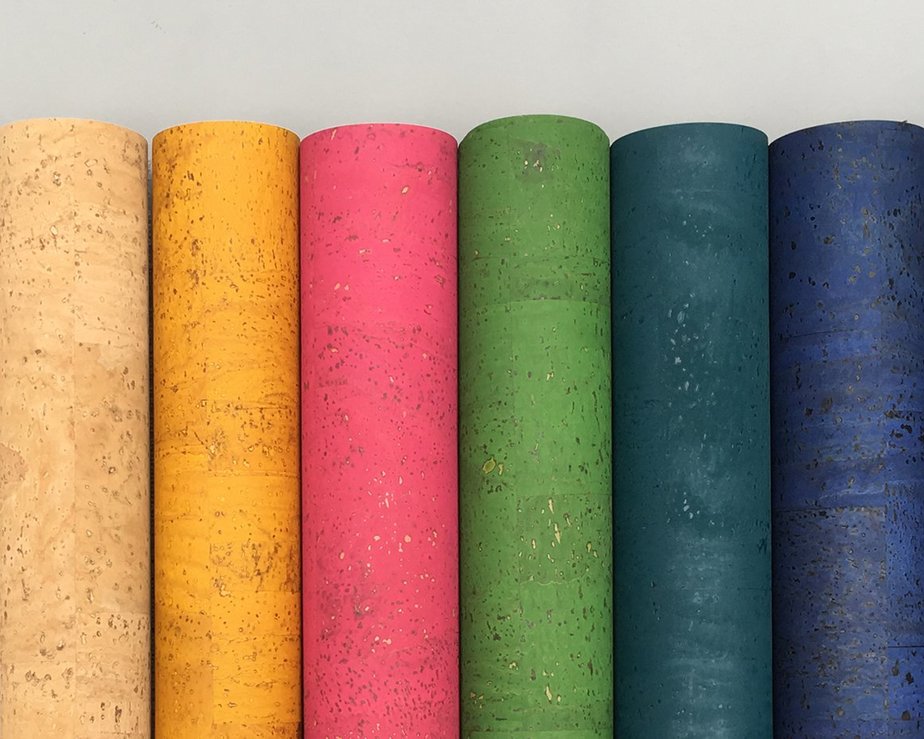
What is cork leather?
It’s possible you’re now wondering, ‘What is cork leather?’ After all, despite our familiarity with cork itself, many of us aren’t aware of cork leather or where it comes from. Interestingly, cork is derived from a tree — the cork oak tree, Quercus suber — that is native to Southwest Europe and Northwest Africa.
At least half of the global production of cork comes from Portugal alone, and most cork suppliers are based there. This species of tree covers around 8% of the country, constituting 28% of its total forests.
An evergreen, the cork oak tree has a bulky, knobby bark that can be harvested every nine years for cork. The tree is renowned for its ability to sequester (lock up) large amounts of carbon dioxide (CO2), which helps to offset greenhouse gas emissions. Indeed, cork oak forests are estimated to sequester 14.7 tons or more per hectare of CO2 every year. The tree grows well in the dry climate of Portugal and is pyrophoric, meaning it can tolerate fires and is slow to burn.
Once the bark is harvested, it goes through a process of being dried for six months, steamed, boiled, cut into thin sheets and attached to a fabric backing. The end product is what is known as cork leather. It is frequently used to produce fashionable accessories, upholstery, insulation and flooring. Cork leather’s popularity is growing as more become aware of its sustainable, ethical and eco-friendly credentials.
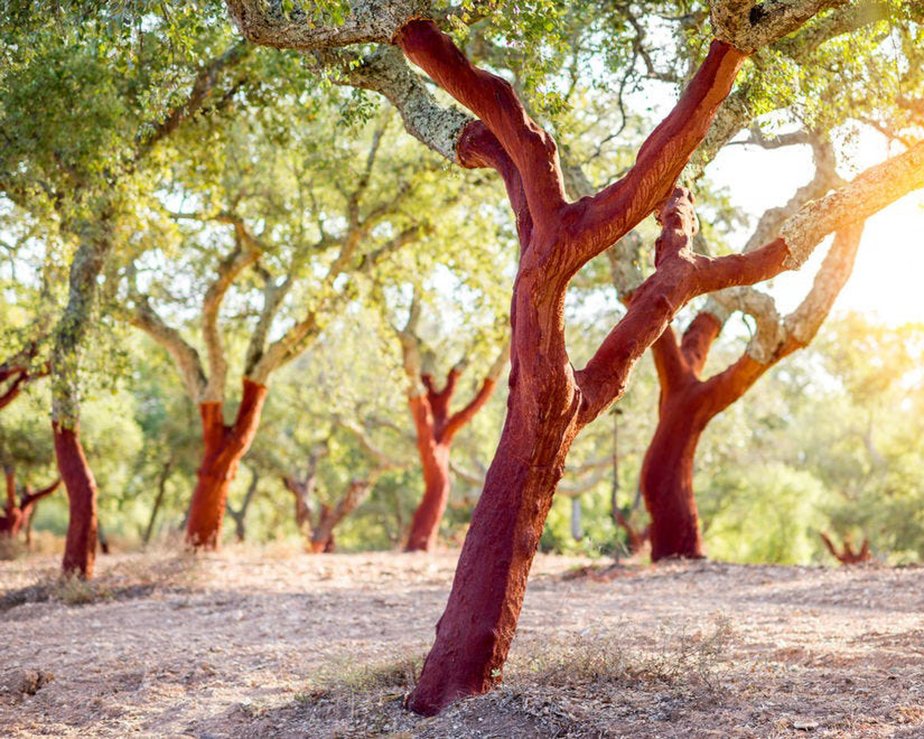
History of cork and cork leather
Natural cork has been used by humans for thousands of years. In fact, as far back as 5,000 years ago, we started using cork to seal bottles and other containers.
Cork has been found in ancient Egyptian tombs, and we also know that the Greeks, Romans and Babylonians used it for many different purposes. Taking advantage of the physical properties of cork (buoyancy, water resistance, high abrasion resistance), they manufactured sandals, fishing nets & tackle and flotation devices, and even used it as a building and flooring material for their homes.
In 1209, the Portuguese established the first known agrarian laws to protect their cork oak forests. To this day, the trees are protected — you can’t cut one down or cut off any of its bark without a special permit. These strict laws have paid off as Portugal enjoys thousands of miles of cork oak tree forests that currently expand at a rate of 4% per year. If consumption stays the same, the supply of cork is expected to remain sufficient for at least another 100 years.
Back in 1688 French monk Dom Perignon combined cork with wire to close his bottles of champagne, benefiting from the material’s flexibility, durability and water-resisting properties. Fast forward to 1892 and the American, William Painter, invented the cork-lined bottle cap, which was mass-produced until it was eventually replaced in 1955 by a plastic stopper.
Throughout modern history, innovation has led to new ways to leverage cork. For example, the medical community now uses it as a temporary skin covering for those who have suffered from extreme burns, while others have produced biodegradable phone cases from it.
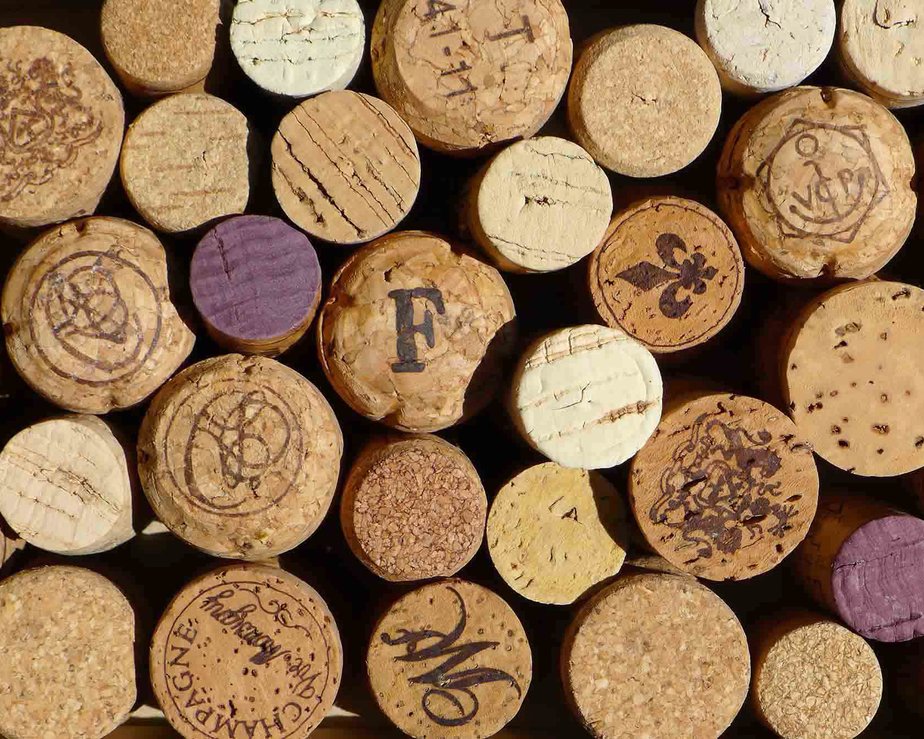
How is cork leather made?
Now you’re probably pretty curious about how to make cork leather. How exactly is the bark of a tree transformed into a soft, pliable and attractive material that resembles the leather produced from an animal’s hide? One of the most crucial elements of the entire process is time.
The bark of a cork oak tree can only be harvested for the first time once the tree is 25 years old. Even then, the first harvest is unusable. From here on, the bark can be shaved off every nine years by expert extractors; and it actually benefits the tree’s ability to sequester CO2 when this is done consistently. It’s also believed that harvesting the bark prolongs the life of the tree for up to 300 years.
Once the tree’s bark has been collected, it is dried for six months and then the cork shavings are boiled and steamed to improve their elasticity. At this point, they are moulded into blocks and then sliced into thin sheets. Finally, to make the vegan cork leather usable in items like wallets and bags, a cotton or polyurethane (PU) backing is added to provide support.

What are the benefits of cork leather?
There are many advantages to cork leather. To keep things simple, we’ve categorised these into physical, sustainable, and ethical benefits.
Physical
Where should we start? Given that over 50% of its volume is air, cork is extremely lightweight and will even float. The same honeycomb cell structure that enables it to float also allows it to repel water and resist flames, making cork leather an ideal material for consumer goods.
Another reason why cork leather works well for bags, shoes and other accessories is its extreme durability. You will find it very difficult to scratch, tear or stain. Flexible and soft to touch, cork leather can be easily sewed and naturally lends itself to wallets and tote bags. Rot resistance is another key perk.
For those who have allergies or sensitive skin, cork is a great option because it is hypoallergenic — meaning it won’t absorb dust. The material is also highly resistant to heat, cold and sound; so much so that it can be found within NASA space shuttles.
Sustainable
Is cork sustainable? Given that a sustainable product is something that meets our current needs without jeopardising the needs of future generations, the answer is a resounding yes. Since the bark of the cork oak tree naturally regenerates every 9 years, it can be sustainably harvested. The harvesting process doesn’t harm the tree, in fact, it actually prolongs its life.
So is cork biodegradable? Again, yes. Not only is it completely biodegradable, but in many cases, it can also be reused and recycled. Cork leather can be composted outside because it’s entirely natural.
The process of making the leather doesn’t lead to water or air pollution or create any harmful waste products. While in many cases toxic chemicals are essential to the tanning of animal skins (see our article on vegetable-tanned leather for more information), none are necessary when it comes to producing cork leather. Generally, plant-based dyes are used to create cork leather of different colours.
Finally, since cork oak trees are the source of cork leather, the expansion of the cork leather industry incentivises stakeholders to protect the forests, which also benefits the plants and animals — including the endangered Iberian Lynx — that share this biodiverse habitat. This also aids CO2 sequestration, especially because a harvested cork oak tree has been shown to absorb three to five times more CO2.
Ethical
Cork leather is a vegan-friendly and mostly natural material (minus, in some cases, the PU backing). If you’re against using animal products, then cork leather is arguably one of the best alternatives to leather. There are no animals involved or harmed in the production process.
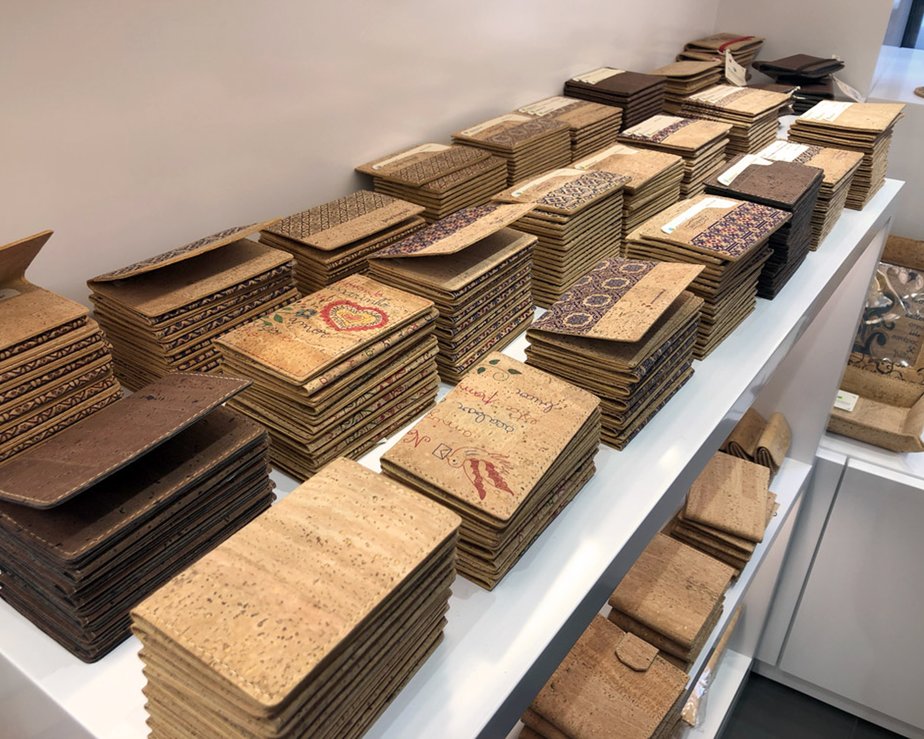
What are the disadvantages of cork leather?
As with any material, cork leather also has its disadvantages. While durability is generally considered a strength, it should be noted that cork leather is not as hard-wearing or long-lasting as premium leather.
From a visual perspective, cork leather lacks the rich depth, butter-like smoothness and natural complexion of quality vegetable-tanned leather. Cork leather is wood-like in appearance and each sheet possesses a unique pattern. This can be difficult to get accustomed to if you’re used to animal leather that has been treated to promote uniformity.
In addition, cork leather lacks the signature earthy scent of premium animal leather. And it’s not yet regarded as a timeless material associated with style and sophistication.
One of the backing fabrics frequently attached to cork leather is polyurethane (PU). A synthetic plastic, PU takes thousands of years to biodegrade and emits toxic fumes when burnt. This definitely diminishes the environmental benefits of opting for vegan leather.
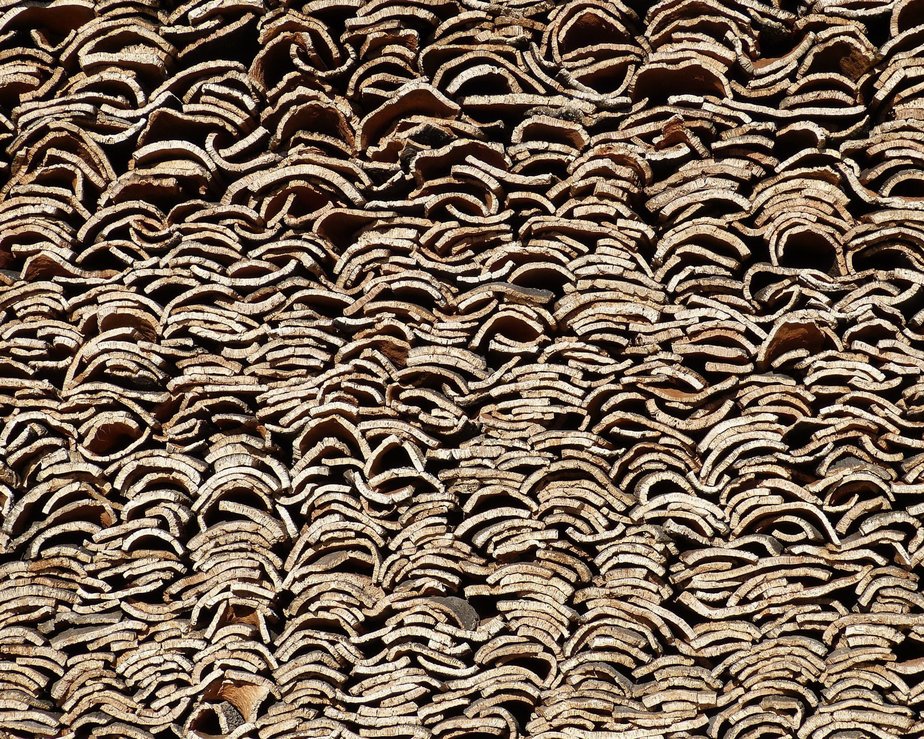
What are the uses of cork leather?
Cork leather is extremely versatile and can be leveraged to create several different types of products. Most commonly it’s used to make eco-friendly wallets, bags, luggage, and other accessories like cardholders and belts. Other products that are made of cork leather include shoes, jewellery, and jackets, as well as the linings of corsets, hats and upholstery. Some more exotic products include spacesuits and bulletproof vests.
Numerous well-respected fashion brands have either experimented with cork leather or frequently incorporate it into their products. Calvin Klein has used the material in shoulder bags, totes, and other items; Svala, Matt & Nat and tentree sell cork leather wallets; and sustainable designer, Stella McCartney, incorporates cork leather into many of her vegan shoes and handbags.
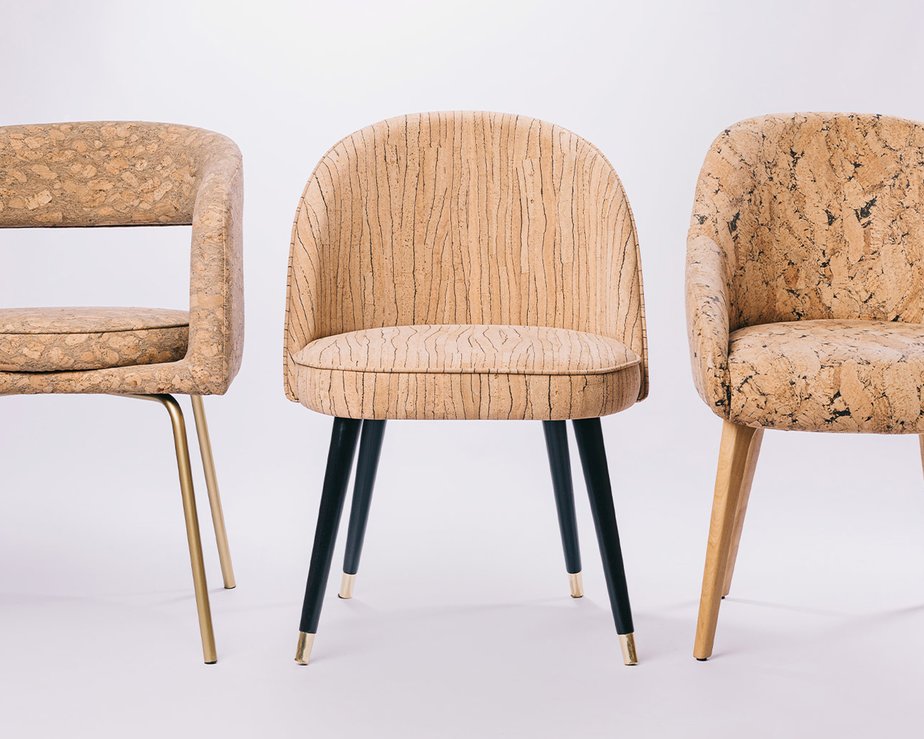
Takeaway
Cork leather is an interesting and viable alternative to animal leather because of its many beneficial qualities, ranging from its inherent durability to cork’s status as a vegan and eco-friendly material.
Here at Carl Friedrik, we strive to be environmentally conscious and promote sustainable fashion. This includes only working with vegetable-tanned leather (as opposed to chrome-tanned leather), shunning seasonal collections and working with ethically-minded suppliers.
Is cork leather durable?
+
What is cork leather made of?
+
Is cork leather sustainable?
+
Is cork leather vegan?
+
Can you dye cork?
+